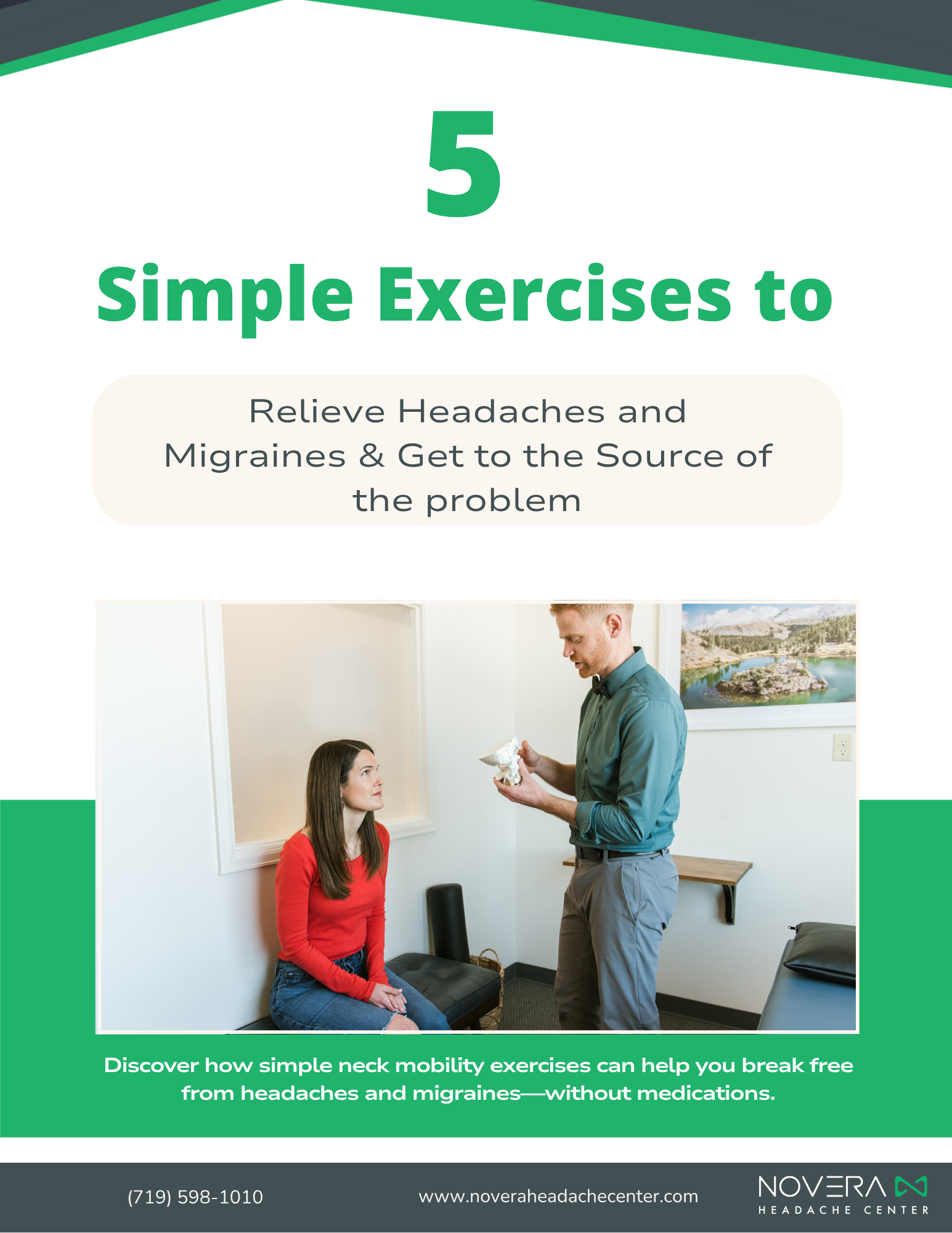For many people, exercise is a cornerstone of a healthy lifestyle. It supports cardiovascular health, strengthens muscles and bones, boosts mood, and increases resilience to stress. But if you’re someone who suffers from chronic headaches or migraines—even while staying active and healthy—you’re not alone.
At Novera: Headache Center, we frequently see patients who are incredibly fit, eat well, sleep consistently, and generally “do everything right,” yet still struggle with debilitating headaches or migraines. This raises an important question:
Can exercise be contributing to your headaches—even as it’s meant to improve your health?
When Healthy Habits Aren’t Enough
One of the most frustrating experiences for migraine sufferers is doing all the “right” things and still ending up in pain. People who stay fit, avoid processed foods, and stay on top of their wellness often expect their lifestyle to prevent symptoms. When it doesn’t, they feel discouraged—and often more dependent on medication than they’d like.
The truth is, migraines and headaches don’t always follow the patterns we expect from other chronic health issues. While poor lifestyle choices can certainly contribute to chronic illness, even the healthiest individuals may have underlying physical imbalances that aren’t resolved through general wellness habits alone.
The Missing Piece: Neck Dysfunction
Through extensive experience with migraine sufferers, we’ve found that one of the most common and overlooked sources of chronic headaches is the neck. Even if you have no obvious neck pain, accumulated tension, past injuries (such as concussions), and repetitive stress can create instability and dysfunction in this area. That dysfunction may be enough to generate migraine symptoms—especially during or after physical activity.
Your head weighs about as much as a bowling ball, and your neck is designed to support it through a wide range of motion. When movement becomes restricted or muscle balance is disrupted, even simple motions—or more intense workouts—can trigger pain signals from this area.
How Exercise Helps (and Hurts)
There’s no question that exercise offers significant benefits for those with migraines. Moderate-intensity activity—about 90 minutes per week—can boost serotonin and endorphin levels, which help regulate mood and pain. It can also improve blood flow, reduce inflammation, and support better sleep.
But not all movement is created equal.
Certain types of exercise—especially high-intensity interval training (HIIT), heavy weightlifting, and core-focused workouts—can place excessive stress on the neck and shoulders. Movements like overhead presses, crunches, and long sessions of repetitive strain can aggravate underlying dysfunction, even in people who don’t feel pain during the workout itself. Delayed-onset headaches are common and often overlooked as being exercise-related.
Practical Tips to Avoid Exercise-Induced Headaches
If you suspect that your workouts might be contributing to your symptoms, here are a few ways to modify your routine:
-
Ease Into It
Don’t go all-in on high-intensity workouts if you haven’t exercised in a while. Start slowly and allow your body to adapt. -
Watch Core and Shoulder Work
Avoid over-doing exercises that put significant strain on the neck, such as heavy sit-ups or overhead presses. Focus on form and keep your head supported. -
Incorporate Variety
Rather than isolating muscle groups (e.g., “shoulder day”), opt for full-body workouts that promote balanced strength and flexibility. -
Scale Intensity
If you’re experiencing frequent migraines, consider reducing the intensity and volume of your workouts temporarily to see if symptoms improve. After treating the neck, you should be able to dial up your exercise intensity again. -
Use Your Symptoms as a Guide
Pay attention to how you feel during and after workouts. Headaches that come on hours after a workout may still be tied to stress placed on the neck during exercise. -
Build Back with Stability in Mind
Work on neck and shoulder stability, especially if you’ve had past injuries or signs of dysfunction. Targeted rehabilitation can reduce your vulnerability to future symptoms.
Take Action With Confidence
Migraines can be incredibly frustrating—especially when you feel like you’re doing everything right. But understanding the physical triggers that general wellness advice can overlook is key to getting lasting relief. At Novera: Headache Center, we’ve helped countless patients get their lives back by addressing the root causes of their symptoms—especially those hidden in the neck and upper spine.
If you’re someone who wants to stay active and live a migraine-free life, we can help you build a plan that supports both goals.




